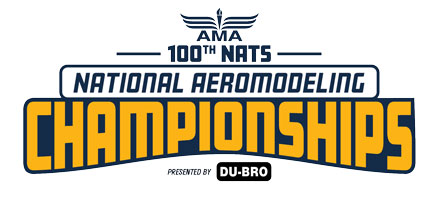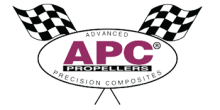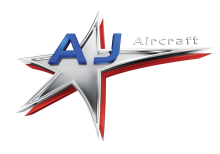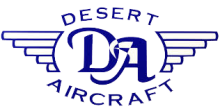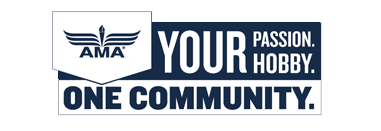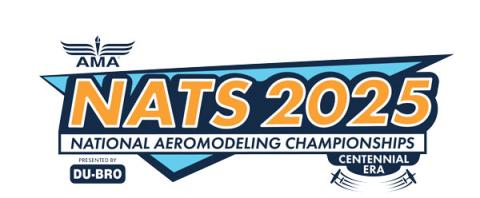
Our latest video features Doug Killebrew, contest director for the pylon racing events at the AMA National Aeromodeling Championships (NATS), giving us a high-speed tour of one of the most thrilling competitions in model aviation.
Doug breaks down the Super Sport Quickie event — part of a six-day series where pilots race around a triangular course at speeds up to 200 mph. Each ten-lap race covers 2.5 miles in just about a minute, with pilots navigating turns around pylons spaced over 600 feet apart. Precision is everything — cutting a corner means penalties or even disqualification.
We also get a look at the critical role of “callers,” teammates who help pilots stay focused by tracking turns and relaying real-time data. And with racers coming from across the U.S., Canada, and Latin America, the competition is fierce and international.
Doug also touches on technical details like the 15% nitro fuel used in certain classes, provided by a sponsor to keep things fair and consistent.
Want to see what it’s like standing right next to the pylons during a race? We geared up and got in the action — watch the full interview to see it all unfold.
00:29 - 00:01:40 Overview of event schedule and speeds
Doug recaps previous races and shares how speeds ramp up as the week goes on — starting around 140–150 mph and reaching nearly 200 mph by the end of the week
00:01:06 - 00:02:14 Race course layout and pilot positions
Doug walks us through the triangular pylon setup — 607 feet between markers — where pilots fly 10 laps (2.5 miles) in about a minute, right from the ground beneath their aircraft.
00:01:39 - 00:02:37 Pilot positions and upcoming speed increase
With planes zipping by at nearly a football field per second, judges are stationed at each pylon to make sure pilots hit every turn cleanly — no shortcuts allowed.
00:02:08 - 00:03:12 Judging and lap counting process
Doug explains the team behind the scenes — pylon judges and lap counters working together to monitor turns and track each aircraft's progress in real time.
00:02:40 - 00:03:44 Penalties for missing pylons
Miss a pylon twice in one heat? That’s a disqualification — and a big hit to your score. Doug introduces us to the “caller,” an essential teammate on the flight line.
00:03:12 - 00:04:53 Role of callers on the flight line
The caller handles the launch, then feeds turn-by-turn updates to the pilot via a digital panel. It’s a fast-paced, high-pressure job — especially with international talent on the field.
00:04:19 - 00:05:33 Fuel regulations and competition details
Doug dives into fuel regulations — all pilots use the same 15% nitro blend, generously donated by Ritch's Brew. Then it's time to gear up and get closer to the action.
